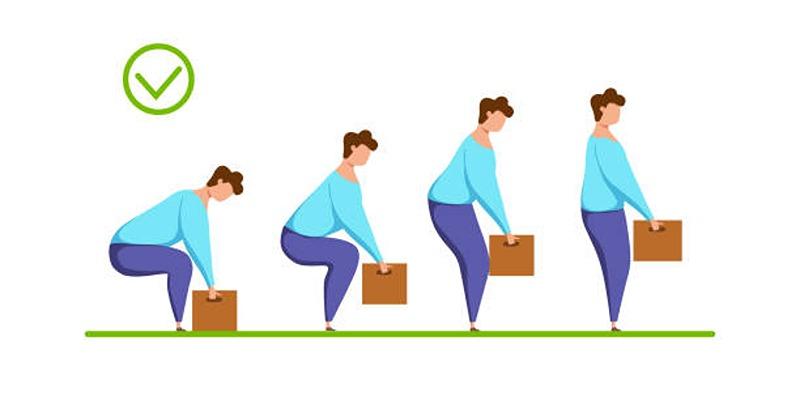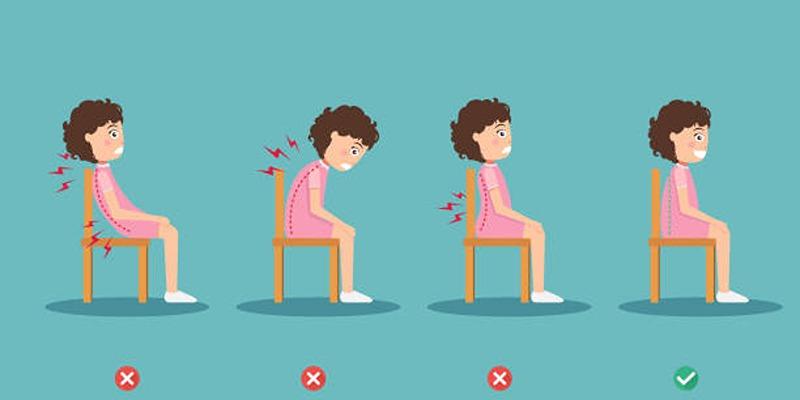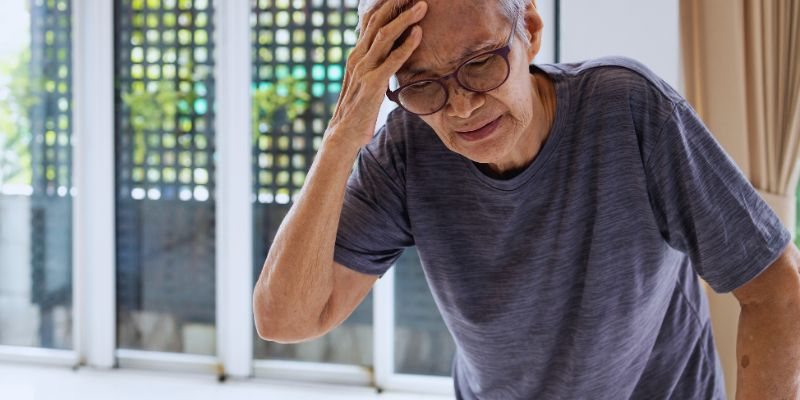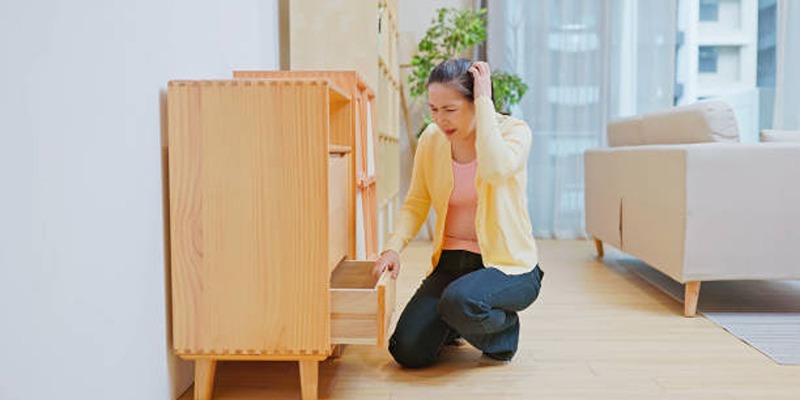How to Ease Low Back Pain with These Simple Steps
Some other causes of backache include poor posturing, lack of exercise, and an accident in any kind of exercise program. Self-treatment is possible for most people who have mild to moderate sunburns taking measures that can be done at home. As you will learn in this guide, there are certain approaches to reducing and managing pain and increasing comfort in a day. These suggestions if followed will help eradicate the causes and prevent the effects from deteriorating your health.
Causes of Low Back Pain
 The following are some of the common causes of low back pain:
The following are some of the common causes of low back pain:
Poor Posture
Sitting for long periods and in the wrong position flexes the muscles at the back hence causing backache. This is especially true when one sits with a curved back, rand rounded shoulders, or at a workplace with an improper posture for long hours of work.
Lack of Physical Activity
A sedentary lifestyle weakens your back and core muscles, making your spine less stable and more prone to pain. Regular movement and strength training can help keep your back muscles strong and resilient.
Muscle Strain or Injury
Lifting heavy objects incorrectly or sudden movements can cause muscle strain, leading to sharp or dull pain. Even small movements done incorrectly over time can lead to chronic pain and tension.
Stress and Tension
Emotional stress can cause muscle tightness, especially in the lower back, leading to discomfort. High stress levels trigger tension in the muscles, which can lead to inflammation and pain.
Steps to Relieve Low Back Pain
Relieving low back pain involves a combination of proactive measures and lifestyle adjustments to alleviate discomfort and prevent further issues.
1. Apply Hot or Cold Therapy
Cold therapy helps reduce inflammation and numbs sharp pain, while heat relaxes muscles and improves blood flow. Apply an ice pack for the first 24-48 hours after the pain starts, then switch to a heating pad for relief.
For best results, alternate between hot and cold therapy. Use ice packs wrapped in a towel for 15-20 minutes, then switch to a heating pad after a break of at least an hour. Never apply ice or heat directly to the skin to avoid burns or frostbite.
2. Try Gentle Stretches
Stretching helps relieve tension and improves flexibility. Some helpful stretches include:
- Child’s Pose: Kneel and stretch your arms forward, lowering your chest to the ground.
- Knee-to-Chest: Lie comfortably on your back, slowly bring one knee toward your chest, clasping it with both hands, and hold for 20-30 seconds while keeping the other leg relaxed.
- Cat-Cow Stretch: Get on your hands and knees, arch your back, then drop your stomach downward, repeating slowly.
- Seated Forward Bend: Sit on the floor with your legs extended and reach forward toward your toes.
- Piriformis Stretch: Cross one ankle over the opposite knee and gently press down for a deep stretch.
3. Maintain Good Posture
Avoid slouching when sitting or standing. Keep your shoulders relaxed, back straight, and feet flat on the floor while sitting. If you work at a desk, adjust your chair and monitor to support a healthy posture.
Use a lumbar pillow for extra support, and be mindful of your posture throughout the day. Setting reminders to adjust your sitting position or taking breaks to stand and stretch can help maintain proper alignment.
4. Stay Active with Low-Impact Exercises
Complete rest may slow recovery. Engage in gentle activities like walking, swimming, or yoga to strengthen your back and improve flexibility.
Low-impact activities, such as tai chi and water aerobics, can be particularly effective for reducing back pain while minimizing strain on the joints. These activities also promote circulation, which aids in muscle recovery.
5. Strengthen Your Core Muscles
A strong core helps support your lower back. Try simple exercises like:
- Bridges: Lie on your back, bend your knees, and lift your hips toward the ceiling.
- Pelvic Tilts: Lie on your back and press your lower back against the floor.
- Bird-Dog Exercise: Extend one arm and the opposite leg while on hands and knees.
- Planks: Hold a forearm plank position to engage your core and stabilize your back.
6. Use a Supportive Mattress and Pillow
Sleeping on an old or unsupportive mattress can worsen back pain. Choose a medium-firm mattress and sleep with a pillow under your knees (if on your back) or between your legs (if on your side) for spinal alignment.
Experiment with different sleeping positions to find what works best for your back. Some people find relief from back pain by sleeping in a reclined position or using an adjustable bed frame.
7. Adjust Your Workstation
If you work at a desk, set up an ergonomic workstation by:
- Using a chair with lumbar support
- Keeping your feet flat on the floor
- Placing your computer screen at eye level
- Using a standing desk to alternate between sitting and standing throughout the day
8. Manage Stress and Relaxation
High-stress Yoga levels can cause muscle tightness. Try relaxation techniques such as:
- Deep breathing exercises
- Meditation
- Gentle Yoga
- Progressive muscle relaxation
Practicing mindfulness and relaxation techniques daily can help reduce chronic tension and prevent flare-ups of back pain.
9. Avoid Heavy Lifting and Sudden Movements
 If you need to lift something heavy, bend at your knees, keep your back straight, and hold the object close to your body to reduce strain. Use assistive tools like lifting straps or ask for help when needed.
If you need to lift something heavy, bend at your knees, keep your back straight, and hold the object close to your body to reduce strain. Use assistive tools like lifting straps or ask for help when needed.
10. Consider Over-the-Counter Pain Relief
For temporary relief, non-prescription medications like ibuprofen or acetaminophen can help. However, consult a doctor if the pain persists.
When to See a Doctor
Most low back pain improves within a few weeks, but seek medical help if:
- The pain is severe or persistent
- You experience numbness or weakness in your legs
- Pain spreads down one or both legs
- You have trouble controlling your bladder or bowels
- Pain worsens at night or interferes with sleep
Conclusion
Low back pain is common, but with simple steps, you can manage and prevent discomfort. By maintaining good posture, staying active, and using home remedies, you can improve your back health and overall well-being. If pain persists, consult a healthcare professional for further evaluation and treatment. Implementing these strategies into your daily routine can lead to long-term relief and a healthier back.











